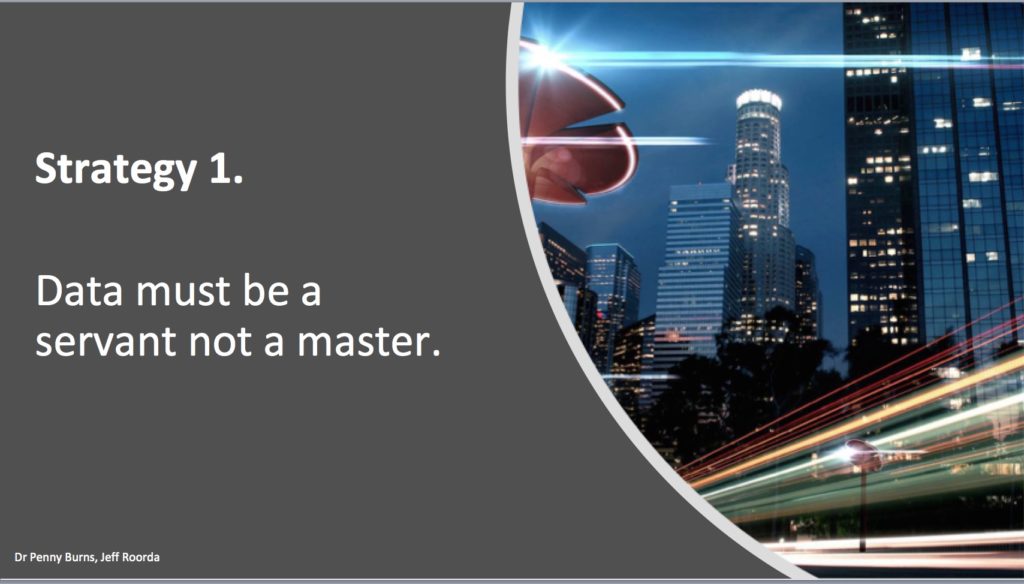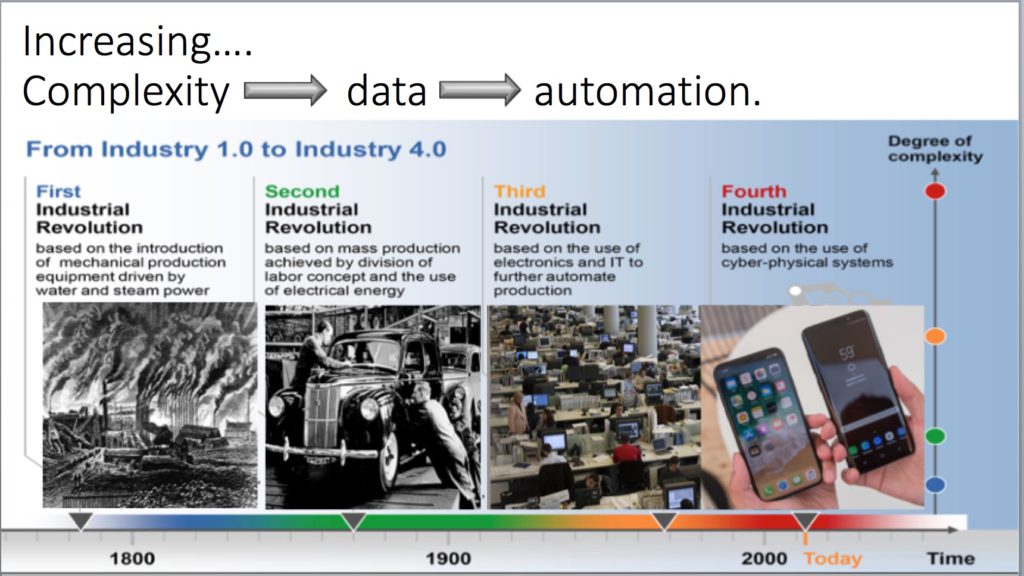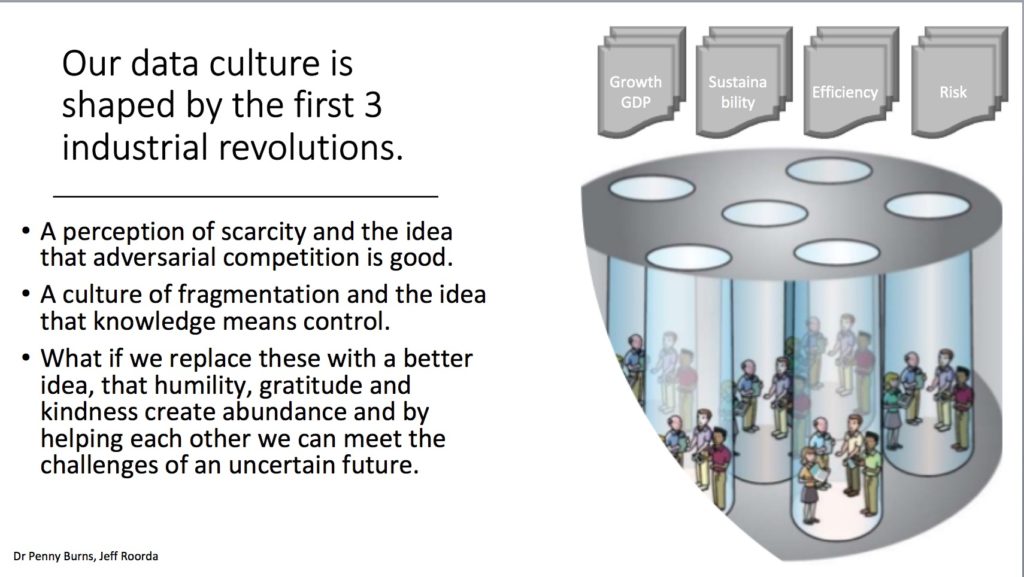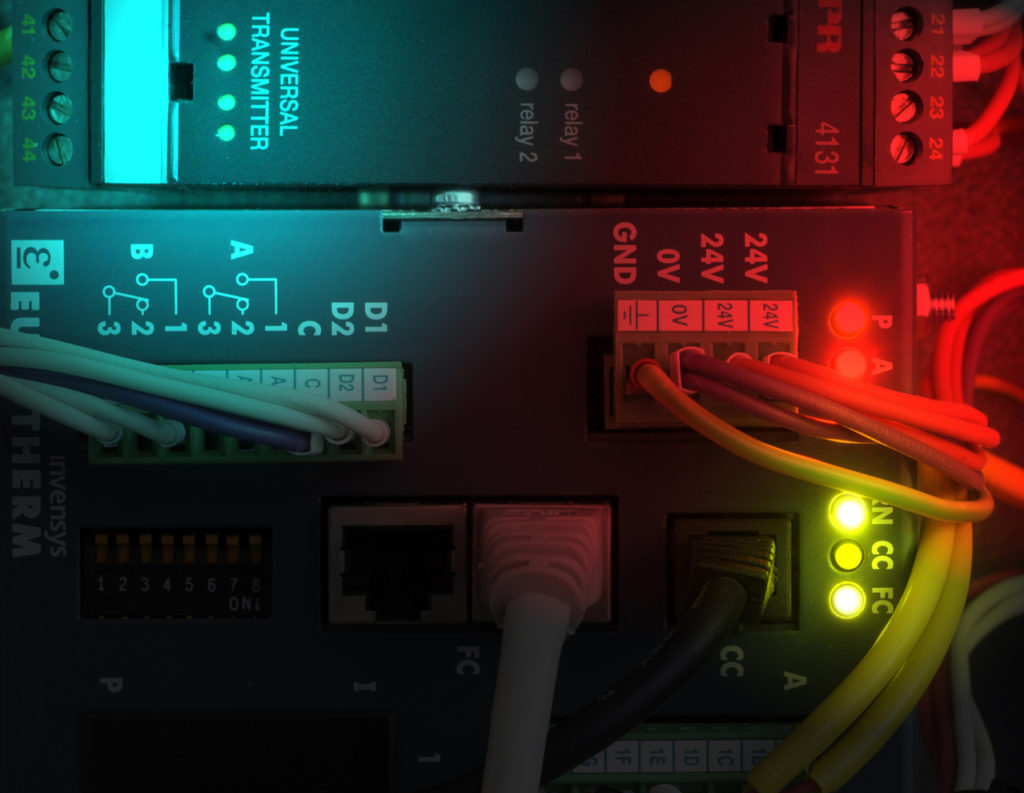
Big data is a route to Abundance, but let us take care, data makes a great servant but a dangerous master.
If we respond to data outputs uncritically we make data our master. Yes, algorithms are becoming ever more complex and difficult to understand – and therein lies the problem. Unless we are able to understand HOW a decision was made, algorithms are just dead dangerous. There are really serious problems of people being denied access to medical or social assistance or being jailed because an algorithm deemed it so. Less serious – but funny! – is the story of two booksellers on Amazon using pricing algorithms that resulted in a 1992 out of print book on the evolution of flies rising to over $28m. A post graduate student interested to buy the book first noticed that where second hand copies were listed at $35, new copies were then over $2,000. When he went back the next day, the price had risen even more, and so it continued. Studying the prices, the student realised that one seller had set his pricing algorithm to be fractionally less than his main competitor in order to attract sales. the other bookseller had set his algorithm to price this book at slightly more than his main competitor. Why? We don’t know but the student suggests (in his blog where he writes it all up) it might have been because the seller didn’t actually have a copy of the book and would have to source it should anyone order. Since the premium of the one seller exceeded the discount of the other, the price kept rising. It took this research student to notice what was happening – not the booksellers, who were, of course, on autopilot. What damage could occur in your work if you are on autopilot?
The ability of big data to deal with increasing complexity is nevertheless a great advantage. Consider how we have moved since the first industrial revolution.

Our data culture is shaped by the first 3 revolutions. This has given rise to two attitudes or mindsets that are no longer acting to our advantage.
- A perception of scarcity and the idea that adversarial competition is good. But we are about to embark on a new world of abundance – as well described in Jeremy Rifkin’s “Zero Marginal Cost Society”. This is requiring businesses to change their business models. We know it as ‘disruption’ but it is more than that, it is opportunity.
- With increasing specialisation we have developed a culture of fragmentation and the idea that knowledge means control. Now that we are able to share knowledge so much more freely, we are able to develop better models, a more fruitful culture.
- This means that we can start to explore replacing these old ideas with a better idea, that humility, gratitude and kindness create abundance and by helping each other we can meet the challenges of an uncertain future. These are not really new ideas. During and just after the second world war, Londoners who had survived the blitz, now faced the problem of recovery. Instinctively they knew that, just as they had survived the war through helping each other, this was also the way that they would meet the uncertainty of the future. But as people became richer, they became more selfish and the initial rate of gain slowed. The way of the future is through collaboration. Harvard studies, as reported by Shawn Achor in “Big Potential”, have clearly demonstrated that teams of collaborating individuals have it all over geniuses. In fact a team of average intelligent people who ‘get on with each other’ well exceed the performance of a team of geniuses.
- This is the real message of ‘big data’ – together we can do more than we can do alone.

 In the sharing economy (Uber, Airbnb) participants either earn income from assets that would otherwise be lying idle or benefit from access to assets that they only need for a short while. Now, what started with consumer services, is moving to business. Why own your own combine harvester when you can rent? These transactions are more complicated but possible.
In the sharing economy (Uber, Airbnb) participants either earn income from assets that would otherwise be lying idle or benefit from access to assets that they only need for a short while. Now, what started with consumer services, is moving to business. Why own your own combine harvester when you can rent? These transactions are more complicated but possible.
‘Where can we go from here?’
New possibilities arise when we combine the benefits of the sharing economy with the new technological possibilities of blockchain. For a really simple explanation of what block chain is and how it may change our future, you might want to start here (Hint: it is more than bitcoin)
Once you have read this (or if you are already au fait with block chain) then you may wish to explore how the NSW Government is putting digital driving licences on a blockchain.
Now let’s move on. In my last post I suggested that the vexed problem of transparency might be solved by a combination of our new technologies.
I can see the technology in use within our cities and rural communities underpinning local energy generation, shared facility use between commercial and community groups and significant opportunity for formal Public-Private Partnerships (PPP) where the use and consumption of the asset is clearly demarcated by micro-transactions, allowing real-time transparency.
While the technologies are being developed, the underlying elements of Blockchain and IoT are now firmly in place, the technology is not new, but finding its niche. Much like the development of laser technology.
The future will be determined by the success of these trials, and the adoption of micro-transactions by our government and institutions. Initial trials in Australia and Internationally show reason for optimism that this may be a solution for sustainable funding for many of our shared resources. Perhaps an opportunity for citizens to become “owners†of assets like bridges and tunnels, with charges being apportioned to use with greater accuracy and equity and transparency.
What do you think the future holds?

Recent Comments